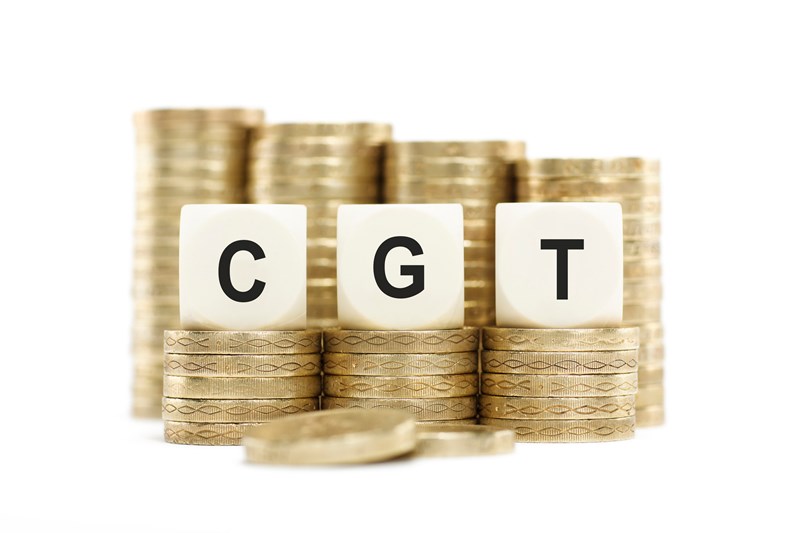Capital Gains Tax (CGT) rollover relief is a valuable relief that allows for a delay in the payment of CGT on gains when you sell or dispose of certain assets and use all or part of the proceeds to buy new assets. The relief means that the tax on the gain of the old asset is postponed. The amount of the gain is effectively rolled over into the cost of the new asset and any CGT liability is deferred until the new asset is sold.
One issue that needs to be considered when looking at claims to rollover relief is, who is the beneficial owner of the asset in question? HMRC has identified the following scenarios where problems can arise:
- where the trade is carried on by a partnership consisting of either a husband and wife or of civil partners of each other and there is no partnership agreement and a common capital account;
- where an asset has been acquired for use by a partnership but there is doubt about the extent of each partner’s interest in it.
Case law has established that husbands and wives are separate persons for rollover relief purposes. Similarly, civil partners of each other are also separate persons for roll-over relief purposes. This means it will be necessary to identify the interests held by each in the material asset and then to apply the roll-over relief conditions to that interest in that asset. In the case of partnerships, it is important to calculate the extent of each partner’s interest in a partnership asset.
Taxpayers should also consider if it will be more beneficial to claim entrepreneurs’ relief (if eligible) and pay the CGT due at the lower 10% rate at the time of the disposal of the old asset.







